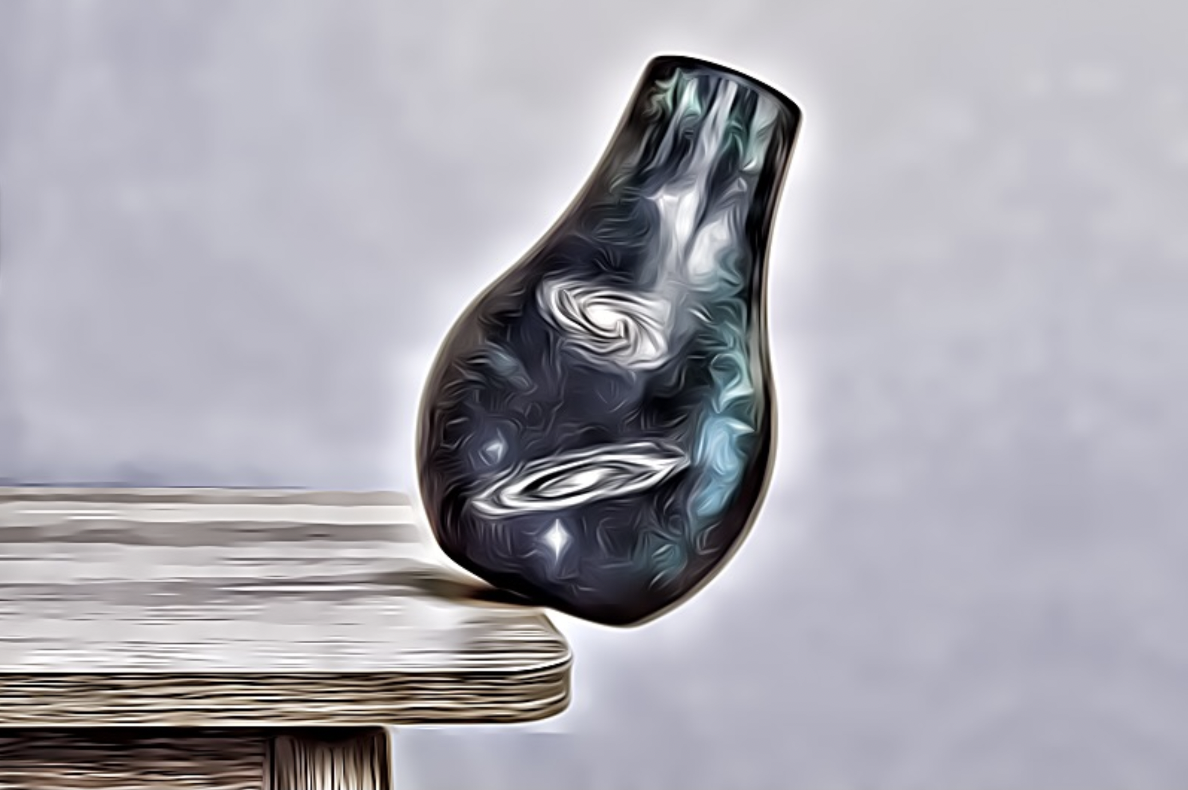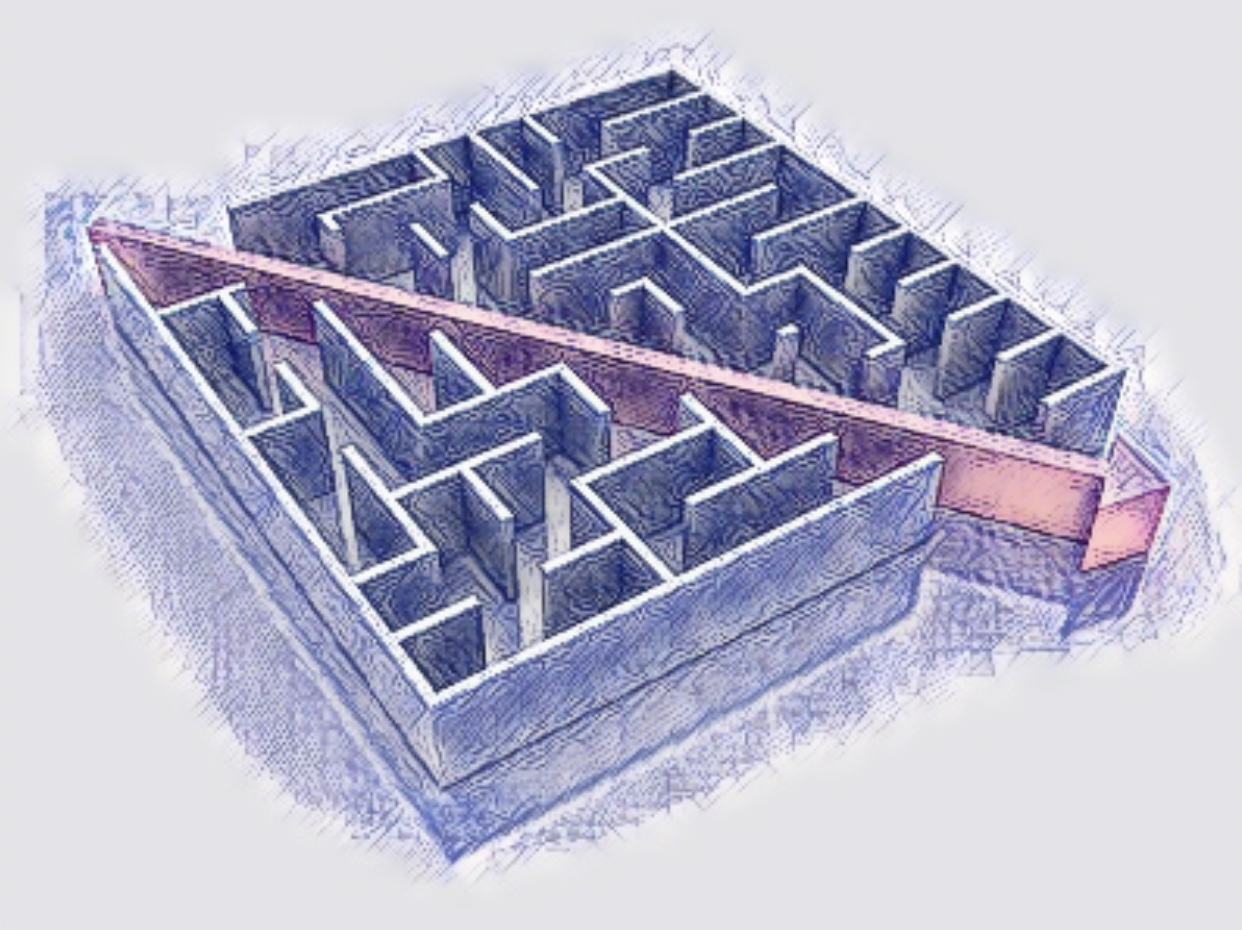Entropy
The Universe’s proclivity towards disorder.
Est. Reading Time: 12-15 Minutes
All things trend towards disorder…as far as we as humans define it that is.
But the stakeholder on the other side of that trade, the Universe, views disorder (or entropy) as its preferred steady state.
Entropy, a concept as well as a measurable physical property, explains why life trends towards more complexity, more disorder, more randomness and more uncertainty rather than less. The concept finds its way into several fields from thermodynamics, statistical physics, information theory and has implications across all the natural sciences.
Depending on the application, the definition can vary somewhat, but as it was first formalized in thermodynamics, we’ll start there with the term disgregation.
Disgregation was defined by the German physicist and mathematician Rudolf Clausius as the magnitude of the degree in which the molecules of a body are separated from each other. (Wiki)
Said in a form you might actually feel comfortable saying at a dinner party, entropy is the speed at which your coffee cools, your car rusts, your eyesight degrades and in an abstract form why you keep in touch with fewer people from high school over time.
As humans, we would naturally prefer less entropy.
Entropy as a Catalyst for the Concept of Time
From the above observation by Calusius comes the second law of thermodynamics. That is, that heat (energy) disperses from warmer bodies to colder bodies and cannot pass in the opposing direction from a cold body to a warmer body (anti-entropy or order). This is the direction of thermodynamic equilibrium. In order to go the other direction, think air conditioning unit, some amount of work must be supplied. Further, not all that energy supplied can be converted into work, the Universe exerts a tax in the form of heat.
That’s getting a little too abstract so using an engine as an example, the loss or “tax” is the heat dissipated by the engine. Even the induction motor of your electric car follows this rule. If you put 100 calories of fuel into an engine, you will not get 100 calories of work out of it. It depends on the efficiency of the engine and 100% efficiency is not attainable.
Similarly, if you eat 100 calories of food, you will not be able to perform 100 calories of work. There is a loss associated with your body temperature increasing and sending some energy to simply convert the food to a useable form. In fact, in biological systems, the energy throughput between each “rung” of the food chain is about 10%. (source)
This means that because the inputs do not equal the intended outputs and there exists waste, the process is a one-way street and is not reversible. You cannot reverse the flame back into the match that created it.
It is one of the concepts giving evidence to the existence of time.
“The increase of disorder or entropy is what distinguishes the past from the future, giving a direction to time.”
- Stephen Hawking



